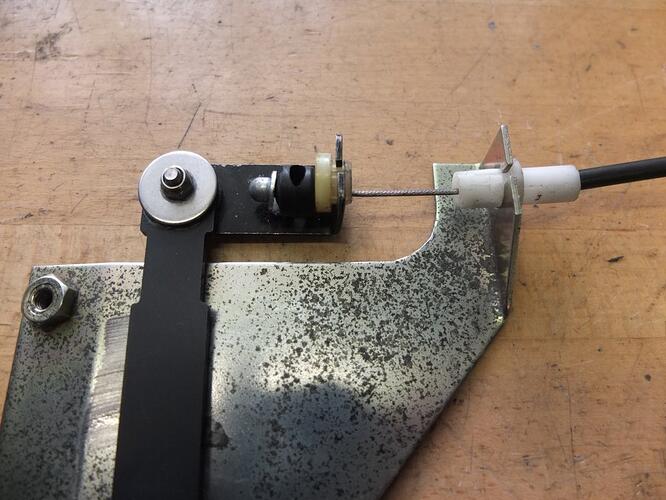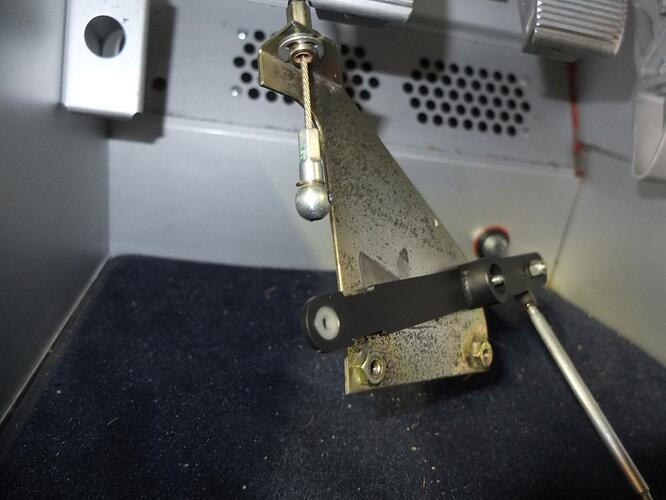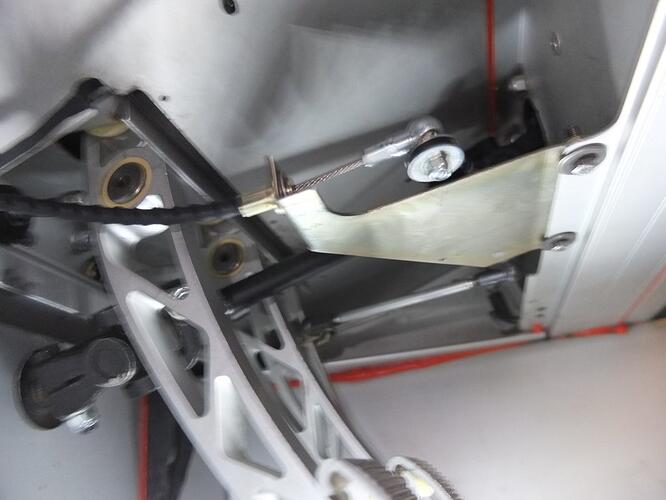Chasing the drivability gremlins in my car I did some more research about the engine management. I post my findings here as they might be useful to other owners running a VHPD with the original ECU.
As most of us know the Exige S1 ECU is manufactured by EFI and shared with the 340R. It was initially used to control the turbocharged Esprit V8 engine which is a rather complex job controlling ignition, injection, boost, knock, air condition, exhaust recirculation, four lambda probes, etc.
The ECU is capable to adjust some of its setting by ‘auto-learning’ such as idle control or long term fuel trim. Good to know that those settings are kept even when the battery is removed. So you can not reset the ECU by cutting the power supply.
The ECU including the whole sensor, ignition and actuator ecosystem was carried over to the Exige S1. So nothing you read about the other Rover engined Elises is true for the Exige. It is all different.
A proper ECU/OBD scanner tool is essential as it would be very hard to solve such problems without one. Fortunately the EFI ECU uses ISO9141-2 which is one of the standardized OBD protocols. Lotus did not develop their own protocol to control the manufacturer specific settings on the ECU but extended the OBD protocol. Lotus uses the multi manufacturer covering Tech-1 scanner tool in their workshops. To get access to the proprietary settings a special cartridge needs to be inserted into the scanner tool. There is only one cartridge specified to be used with all three cars (Esprit V8, 340R and Exige S1), spare part number T000T1307F.
There is a US based seller of those cartridges for around 100 GBP see [u]http://home.earthlink.net/~turboesprit2/bitsforsale.html[/u]
I was tempted to buy one and a Tech-1 scanner but there is an alternative way. The Esprit V8 owner Peter Maeers has extended an OpenSource OBD Windows application to support the Esprit V8 specific settings. Please see [u]Free V8 OBDII Scan Tool - ECU/OBDII - The Lotus Forums - Official Lotus Community Partner for more details and get a free copy of that software.
You’ll need an ELM327 OBD connector to actually connect your laptop with the car. It is nearly impossible to buy a genuine one as there are tons of cheap Chinese clones around. My first one (too cheap, version 1.5a) didn’t work so I bought a more expensive one (version 1.4, still no idea if it is genuine one). Anything priced at less than 20-25 GBP will be a clone for sure.
The good news is that I successfully ran the software at my Exige S1 ECU 
I’m now able to read settings like the IACV duty cycle (very useful!) and the requested idle speed while warming up (starts with 1500rpm from cold).
You can manually switch on or off some ECU controlled ancillaries like the radiator fan or the fuel pump.
And there are a couple of options to reset different parts of the learned data. I used the full ECU reset. This seems to be the same like the one triggered by flooring the accelerator pedal four times with the engine off but ignition on and wait for 10 to 20 seconds. The successful reset is recognizable by the fuel pump priming and the re-engagement of IAC valve.
You can even log some live data into a file for further analysis but I found that the data rate was tool low to give useful results in my case.
It’s an older VisualBasic application so don’t expect an exciting user experience while working with the tool. Everything is rather slow and it may be difficult to tell if you are actually connected to the car or not. Reading all PIDs didn’t work and the tool got stuck. To be sure that I’m connected I switch the radiator fan on and wait until the fan actually starts (takes a couple of seconds if not connected).
But all in all a very useful tool and I’m very thankful that Peter Maeers has written and published this software 



